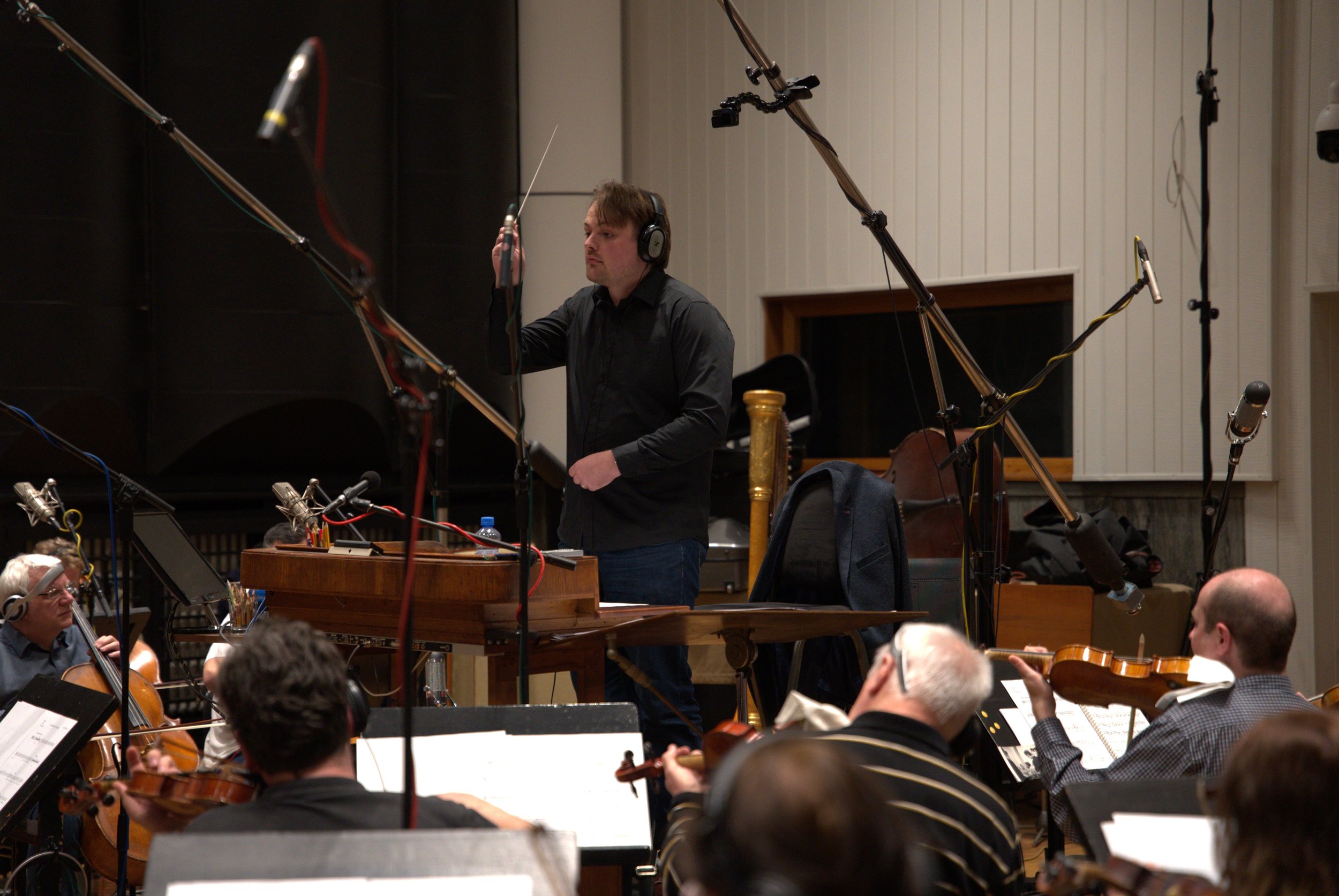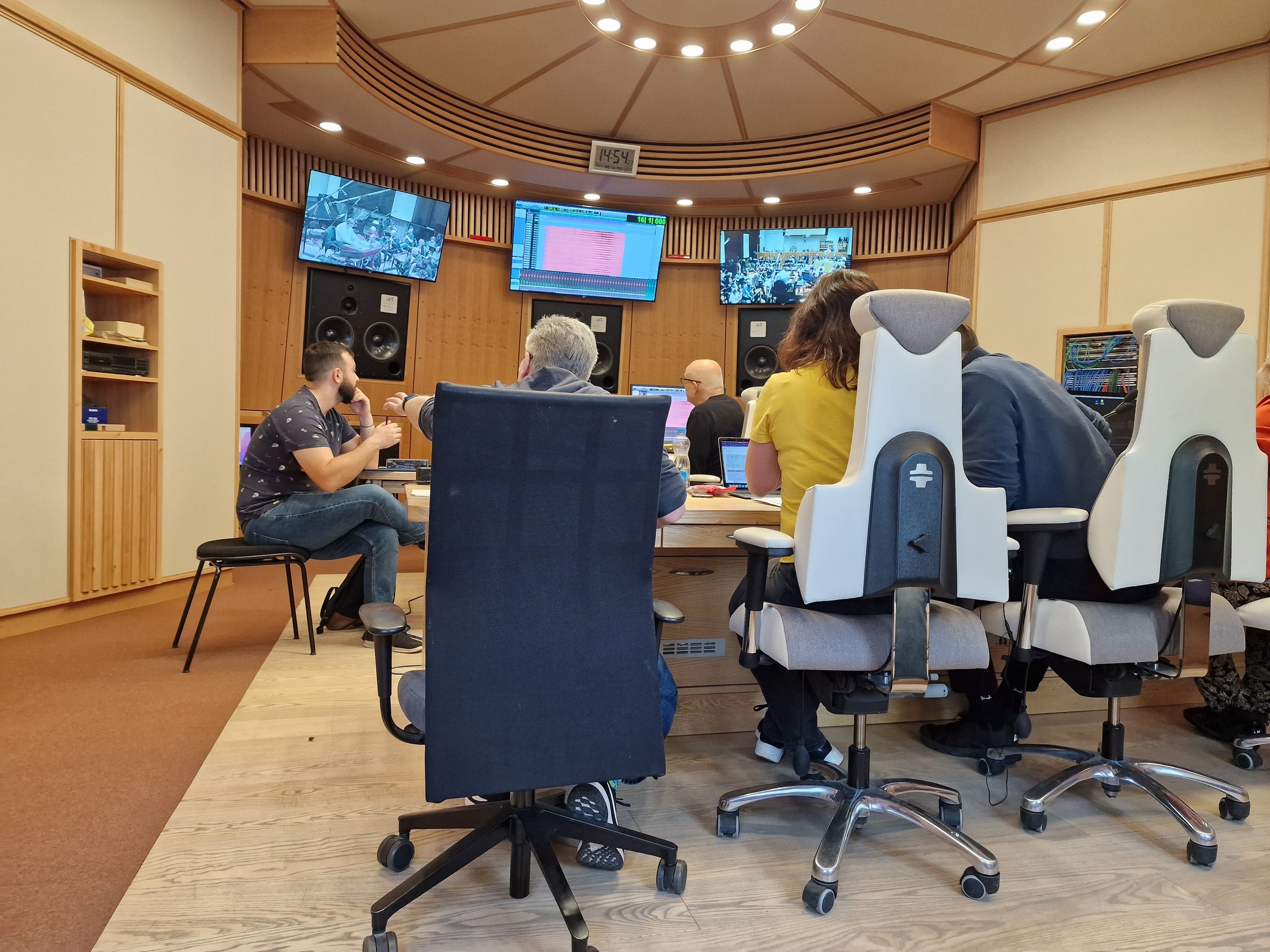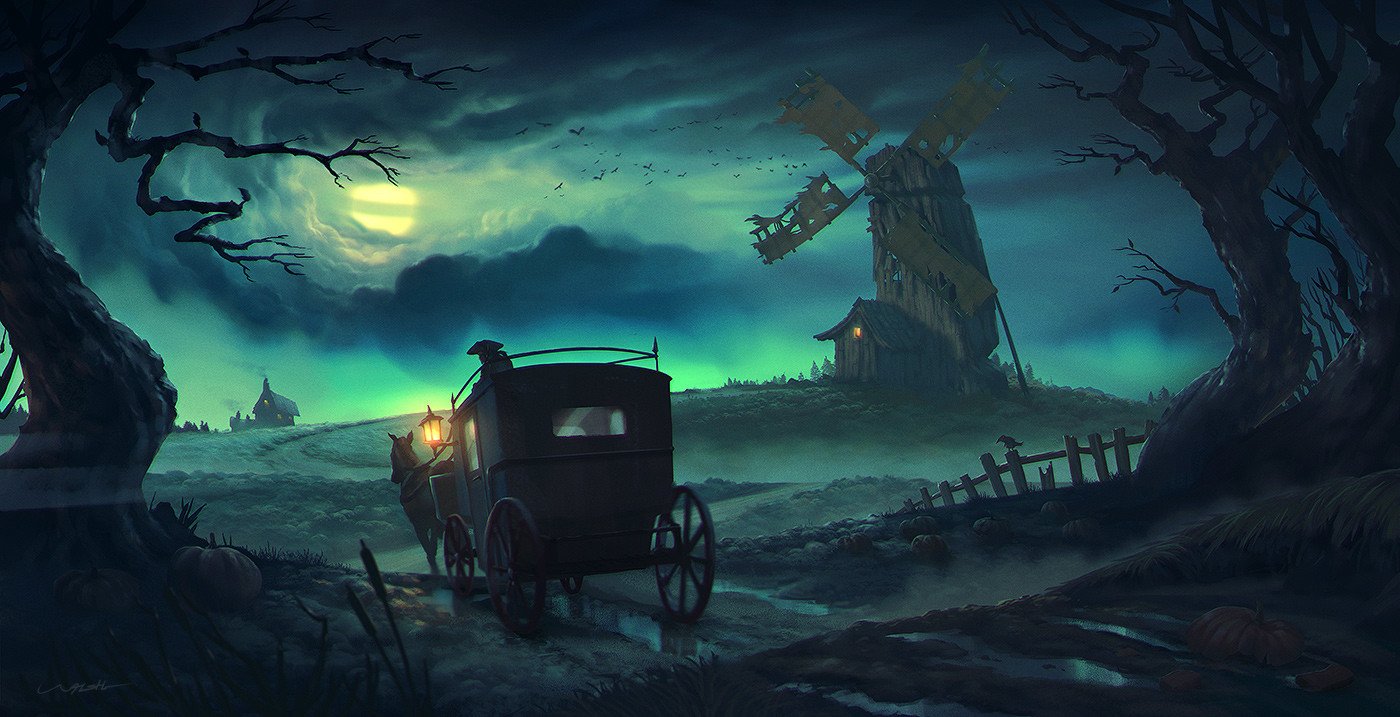
Cadences: An Introduction
It is vital to understand cadences if you want to write or analyse music. They are music’s version of punctuation, giving structure and space to a piece. This allows the listener to process what they are hearing, adding clarity to the music. They also instil a sense of direction in the music. This blog will introduce the 4 types of cadences: how they are constructed, and what effect they have on the music.
Photo by Marius Masalar on Unsplash

Naming Chords: An Introduction
This is the third instalment of my series on Music Theory: An Introduction. An important skill for anyone wanting to write or analyse music is to be able to identify chords. This month we will begin by introducing how to name them.
Photo by Jordan Whitfield on Unsplash

Introduction to Analysing Music
If you take any composition course, you will most likely be told to listen to and analyse music. But why? Often the process can be pretty daunting, particularly with orchestral music. But if you know what to look for, there is a lot to discover and learn from. The things you discover can directly benefit your future compositions.

How to Approach Scoring a Film
For this blog I talk about my approach to scoring for film. Why planning and research are so important to the process. And also how I organise my project.
Photo by Victor Ballesteros on Unsplash

Circle of Fifths: An Introduction
The second instalment to my ‘An Introduction’ Music Theory series. This time we talk about the circle of fifths, and how to work out any major or minor scale from it.
Photo by Joel Fulgencio on Unsplash

Recording Session: Part 3 - Comparing the Tracks
It’s been more than a month since the recording session, and I’ve had time to mix the audio from the session. Now is the perfect time to look back at both the original mock-ups of my music, and their brand new live orchestral versions. My plan for this blog is to look for key takeaways:- What orchestration techniques worked well? What might I have done differently? How can I improve the accuracy of my mock-ups?
Picture taken by ThinkSpace’s Bradley Jordan

Recording Session: Part 2 - The Experience
On Thursday 20th April, I took part in my first recording session with a full orchestra at Smecky Studios in Prague. This blog post is about the overall experience and lessons learnt.

Recording Session: Part 1 - Preparation
Part 1 of a 3 part series about a live orchestral recording I’m taking part in late April 2023. This will be about how I prepared for the recording, looking at Score Preparation, Stems, and Pro Tools.
Photo by Julio Rionaldo on Unsplash

Time Signatures: An Introduction
As a music teacher, I have a lot of students who fixate on notes and harmony, and only think of rhythm as an afterthought once everything else is sorted. But funnily enough rhythm is one of the most important aspects of music. Try taking away the distinctive rhythm from John Williams’ The Imperial March, and you’d have something completely unrecognisable! Today’s blog is going focus specifically on Time Signatures.
Photo by Aron Visuals on Unsplash

Taking a Look Back at 2022
This month’s blog is going to be a bit different to previous ones on this site. I thought it would be a good time to stop, take a deep breath, and consider what has happened. In particular my experience doing a Masters at ThinkSpace Education.
Photo by Sincerely Media on Unsplash

Building a Template
Templates take a long time to set up when done thoroughly, so is it worth the effort? For today’s post I’m going to be talking about template building for your DAW and why they are so important.
Photo by Rodion Kutsaiev on Unsplash

Approaching a Composition
For this post I talk about the processes I go through in preparing to write a piece of music.
Image by Andy Walsh via ArtStation.

Creating a MIDI Mock-Up
For this post I’m going to be talking about the process of creating a MIDI Mock-up. Taking a piece of music (Giacchino’s Ultrasonic Flash from Lost) and imitating it as closely as possible using sampled instruments.
Photo by Sasha Freemind on Unsplash

